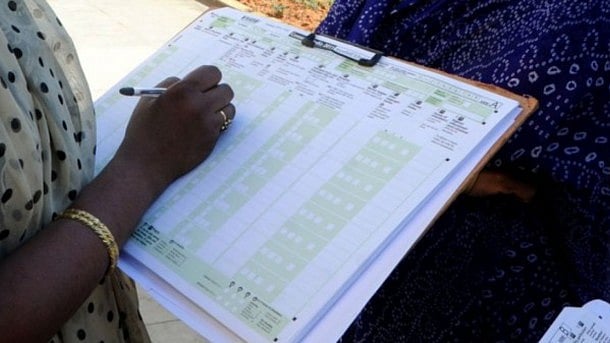
Representative image of census.
Credit: iStock Images
New Delhi: The terms of “enquiry” for conducting census have been revised every 10 years since the first population enumeration in India was held in 1872. As India prepares to hold its first caste census after Independence, the questionnaires and methods of enumeration for the forthcoming census may have to factor in a complex caste matrix of overlapping caste and religious identities to avoid data contamination.
The last attempt to enumerate castes in India was made in 2011 as part of the Socio-Economic Caste Census (SECC) cleared by the Manmohan Singh government. The caste-wise population was never released due to anomalies in raw data, as a section identified themselves as communities and not caste or sub-castes, for the lack of standardised tabulation.
Take the case of Tamil Nadu, where Dalits who have converted to Christianity get reservations under the 30 per cent quotas allocated for backward classes. This has been done to offer affirmative support to these communities, not covered under the 1951 Presidential Order that restricts the scope of SC reservations to Hindu, Sikh and Buddhist Dalits.
Kerala, on the other hand, has carved out a separate list, Other Eligible Category or OEC, to reserve seats for Dalit Christians in jobs and educational institutions.
In 2010, on the recommendation of the National Backward Classes Commission, the central government also modified the central OBC list to include Dalit Christians in Chhattisgarh and Jharkhand in the central OBC list.
Similarly, as has been borne out by the Telangana, Karnataka and Bihar caste surveys, a majority of the Muslim population is classified as backward classes and as such entitled to get reservations. A nationwide caste enumeration this time will also give an estimate of the Muslim OBC population.
“The terms of reference, methodology and questionnaire are thus of utmost importance in a census exercise,” says an officer who was deputed at the centre when the SECC was carried out.
The last census in India was conducted in two parts. In the first phase, all houses are listed. In the next phase, enumerators visit the same household for population enumeration. This methodology was introduced in 2001. Before that, surveyors used slips to collect data.
The 1951 census, the first after Independence, pursued a “limited enumeration of castes”. Individual castes were not extracted, and only the group total was ascertained. But population was enumerated based on religious faiths.
In the next census, the questionnaire was amended to enumerate the SC/ST population. Later, the respondents in this category were also asked to name the caste they belonged to as per the SC/ST list.